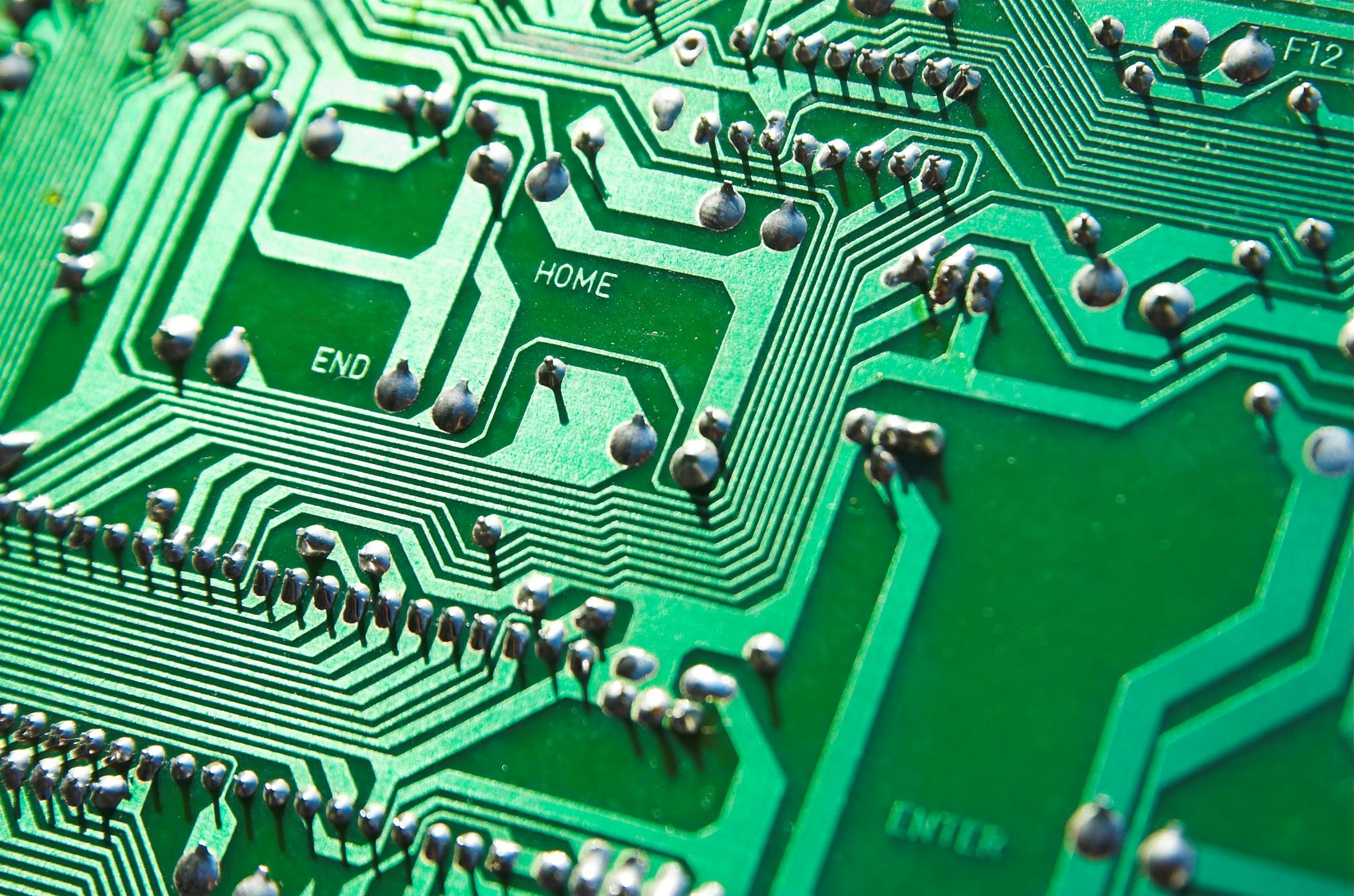Satellite TV – Learn How Satellite Technology Works
Ever wonder how the television signal gets to your home? All satellite television companies provide service from high-powered satellites located thousands of miles away in outer space. Satellite service is a highly sophisticated technology that consists of many components including: an uplink station, a high-power satellite in outer space, along with a small antenna and receiver unit for the home or business. Whether you choose DIRECTV, DISH, or another provider, you will have a good understanding of how their service reaches your home.
Here are some details on the pieces that make all of this possible.
Satellite signal
Broadcasters produce content and then establish agreements with providers to carry out their programs. After broadcasters have produced the content, it is sent to the satellite provider, which is then encrypted in a digital format and transferred to the uplink station for transmission located somewhere on earth. In the United States, most satellites operate in the southern hemisphere.
Uplink station
In the media, this term can be used to describe the transmission of radio signals from Earth to the high-power satellite in outer space. The stations are configured with small to extremely large plates ranging from a couple of feet to 40 feet in diameter. Larger satellite dishes often produce the ability to send more information at a faster rate and are known to be much more reliable than smaller satellite dishes. Each station transmits data to a specific satellite in the sky within a specific frequency range.
High power satellite
The uplink station encrypts the data and then sends it to the high-powered satellite in outer space. The data travels approximately 22,000 miles in space. The satellite rotates within the geosynchronous orbit at the same rate as the Earth. If the satellite did not rotate at the same speed as the Earth, this technology would not be possible.
Small satellite dish and satellite receiver
Today’s satellite dishes are very inexpensive and typically range from one to three feet (1 meter). Remember, you can always get a larger platter that will boost your signal and leave you less susceptible to interruptions. The satellite dish is installed outside and then a cable is connected from the satellite dish to your home and to the satellite receiver. Satellite cable is not connected to a network and generally does not share the system with others, so there is little room for error if there is a problem.
In conclusion, the end user will receive channels based on their subscription to the service. Channel availability is based on satellite provider. Satellite TV can be set regardless of location, as there is a clear view of the southern sky.
